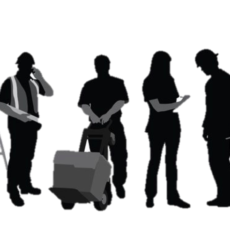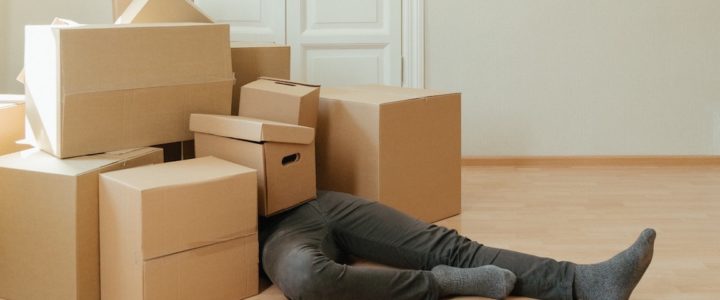
According to the US Census Bureau, approximately 32 million people moved in the United States in 2019–almost 10% of all Americans. That moving generated an enormous amount of waste in the form of boxes, packing materials, food waste, and assorted garbage. Move Buddha estimates 900 million cardboard boxes, 90 million pounds of packing paper, 30 million rolls of tape, 8.4 million tons of junk, and 345,000 tons of discarded food attributable to “moving” every year. Throw in 353 million gallons of fuel (based on average moving truck fuel economy) to transport your life from point A to point B, and moving tallies up as anything but sustainable.
So what’s an eco-conscious sustainability warrior to do?
Let’s Talk Boxes

There’s no way around it, moving means packing. And packing means boxes. The good news is, 70% of recovered cardboard is recycled in the US. This means after you’re done with your boxes, the majority of them will be recycled if you put them out properly for collection. Recycling just one metric ton of cardboard saves 46 gallons of oil, 4000kW of electricity, 6.6 million BTU’s of energy, 9 cubic yards of landfill space, 17 trees, and 7000 gallons of water! So it’s well worth it to ensure those boxes are recycled. If you’re purchasing new boxes, search online (use the Ecosia search engine to plant trees while you hunt) for eco-friendly retailers, and do your best to estimate how many you’re going to need accurately. This means only one shipment to your home and fewer emissions from transport. If you’re shopping in-store, you can check right on the boxes for any sustainability certifications (like the Sustainable Forestry Initiative) and for post-consumer content. Do your best to pick it all up in one trip to, again, save on transport emissions.
Moving is expensive. Boxes are expensive. Use any that you have on hand and be sure to make use of your suitcases or other travel items for packing. With a little planning ahead, you can start to save boxes from any shipments you receive and look local for used boxes. Pop by your liquor store and check if they have any to donate. Since they’re made to carry bottles, these sturdy boxes are great for moving and often have bottle dividers that can be used for your delicate packables like glasses and kitchenware. Check other stores and shops in your neighborhood, too. You can also search sites like Craigslist and Facebook for folks giving away boxes after their own moves, or post on your own socials to see if friends near you have any to donate.
Another option is to look for box rental services. These are plastic containers you can rent and return like U-Haul’s Ready-To-Go Boxes. BONUS–snap shut lids mean you get to skip the packing tape!
Packing Materials
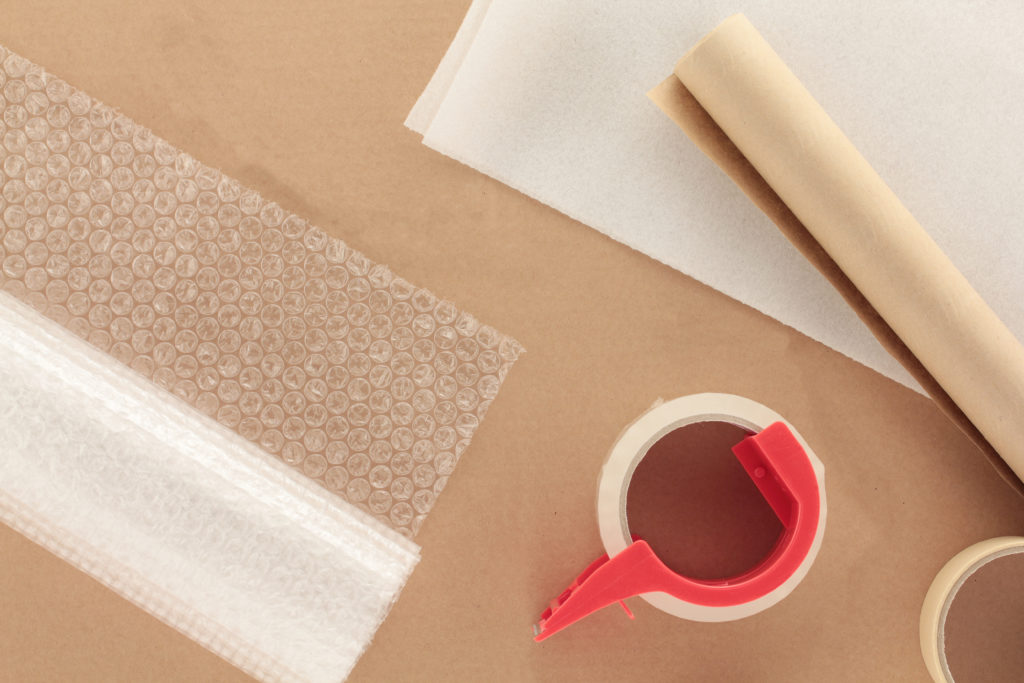
Unless you want certain things to end up certainly smashed, packing boxes often go hand in hand with packing materials. Bubble wrap, plastic foam sheets, packing peanuts, and paper are the most common. The most sustainable option, however, is to use what you have on hand. Use your own towels, sheets, and pillows to pad items. Rather than purchasing paper or foam wraps, use newspaper or magazines. If you do have to purchase additional packing materials, opt for paper–recycled, if it’s available–as your most environmentally friendly choice.
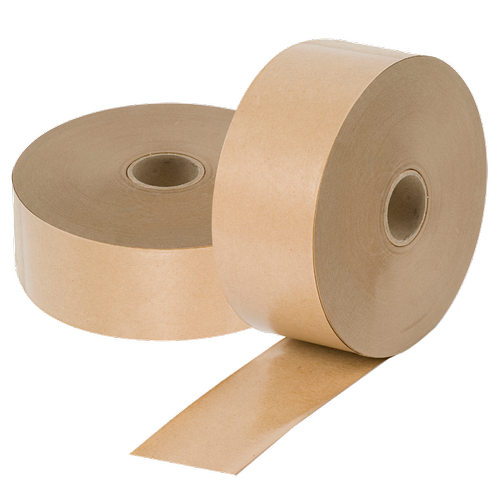
Remember that 30 million rolls of tape? Packing tape is made from petroleum-based plastic and adhesive. It is non-recyclable, though it doesn’t necessarily need to be removed from your boxes when they are put out for recycling. It will be separated in the sorting process, but it doesn’t hurt to do it yourself. Your greenest option is to look for paper tape with biodegradable glue. Gummed paper tape is the only tape that is 100% recyclable and biodegradable. The adhesive coated to the kraft paper is a starch-based glue which is completely soluble in water. No solvents are used in it’s manufacture and the adhesive gum breaks down easily in the recycling process. Skip the giant dispenser (unless you plan on using it again, can buy one used, or are suddenly planning to ship tons of things) and use a damp sponge to activate the adhesive. This takes a little more time than traditional packing tape, but it is plastic-free and eco-friendly.
The Junk You’re Not Taking With You
There’s going to be a lot of junk. Think old papers, books, furniture, electronics, appliances, and the other assorted stuff that makes moving part packing and part ultimate Springtime cleaning. This is where you’re really going to get to know the recycling rules in your area. For example, did you know in NYC you can’t leave AC’s or refrigerators out for collection without scheduling a coolant removal visit? The Department of Sanitation (DSNY) must remove the CFC from appliances so they can be recycled safely. They’ll then place a sticker on the item to let other DSNY workers know it’s safe for collection. In terms of large items like furniture, if you’re not donating and need to dispose, you’ll also need to schedule a large/bulk item pickup in most areas. Do your best, though, to sell or donate items in usable condition before you exercise those options. It can be tough with fabric items for fears of pests, but reaching out to friends or dropping a post on your socials is a great way to start. Don’t forget to check out the electronics recycling guidelines in your area, as well. You may have to arrange for pickup or schedule a drop off depending on the item. You can also search for recycling services like our Sustainable Cincy fellow cohort member the Cincinnati Recycling and Reuse Hub (CRRH) whose goal is to provide a place where almost anything can be recycled or reused.
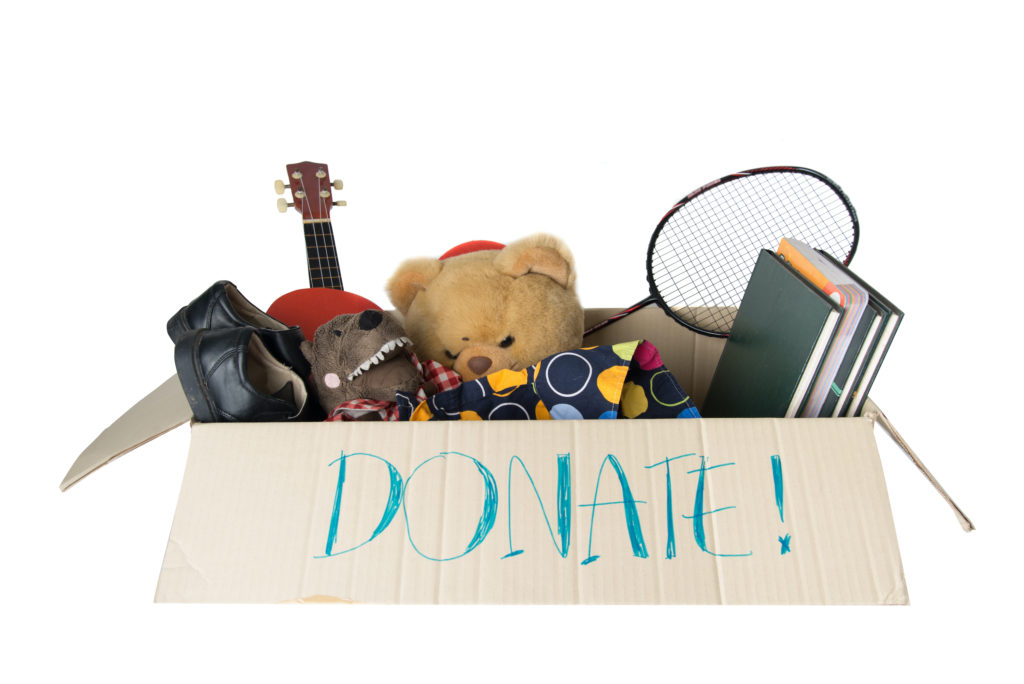
Remember: books, clothes, working electronics, appliances, and furniture are eminently donatable. A decade’s worth of paper bills…not so much. First things first, do this right now, switch to paperless. You’ll save trees AND your future self from ever having to deal with that much paper garbage ever again. You can look for paper shredding services in your area (they’ll recycle what they shred) or pick up a small home shredder. It’s totally worth it. Once shredded, you can recycle feeling safe that your important info is inaccessible. The shredder will come in handy in the future or you can pass it on to someone you know in the same paper predicament.
When clearing your fridge out for that CFC removal appointment, be sure to clean and recycle everything you can per guidelines. In the weeks before your move, be mindful of perishable food you’re purchasing that won’t survive a move so in the final pre-move days you don’t have too much to throw out. Take what you can with you, but staples like canned and packaged foods can be donated to your local food pantry or a neighbor.
MPGs to Your New Home
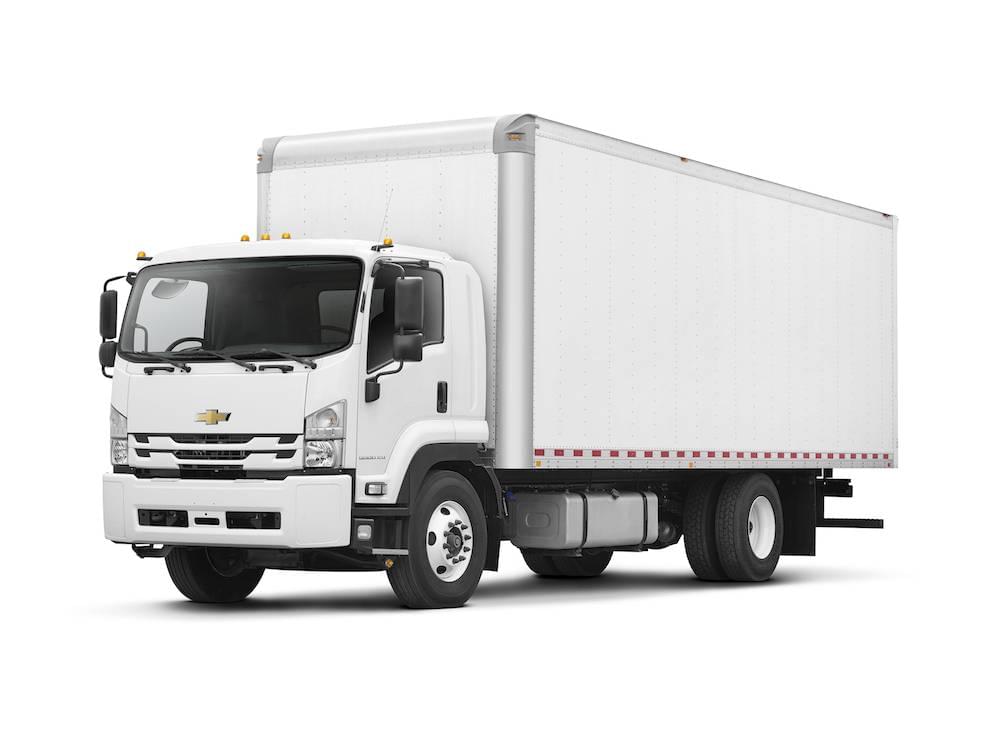
Getting your things to your new home requires transportation. Be it moving truck, van, or car, you’re going to burn through some fuel. If you’re doing the move yourself, plan your route ahead and look to move on the lowest traffic days and times to increase fuel efficiency. You can actually Google Map your route and check traffic patterns by inserting different days and times. Pack your moving vehicle to maximize space and minimize trips. For long distance moves, you can search for eco-friendly moving companies. We found Rabbit Movers in NYC touting biodiesel fuel, reusable bins, and biodegradable bubble wrap. If you can’t find a green mover, not to worry! Taking all of the steps above already puts you miles on the road to having your most sustainable move.
Moving is hard work. Moving is stressful. You’re going to get tired and feel like throwing everything out in black plastic garbage bags never to be seen again no matter if it is usable or recyclable or not. Give yourself time to be mindful. Give yourself time to pack. It will help you maintain your sustainability goals as well as your sanity.



